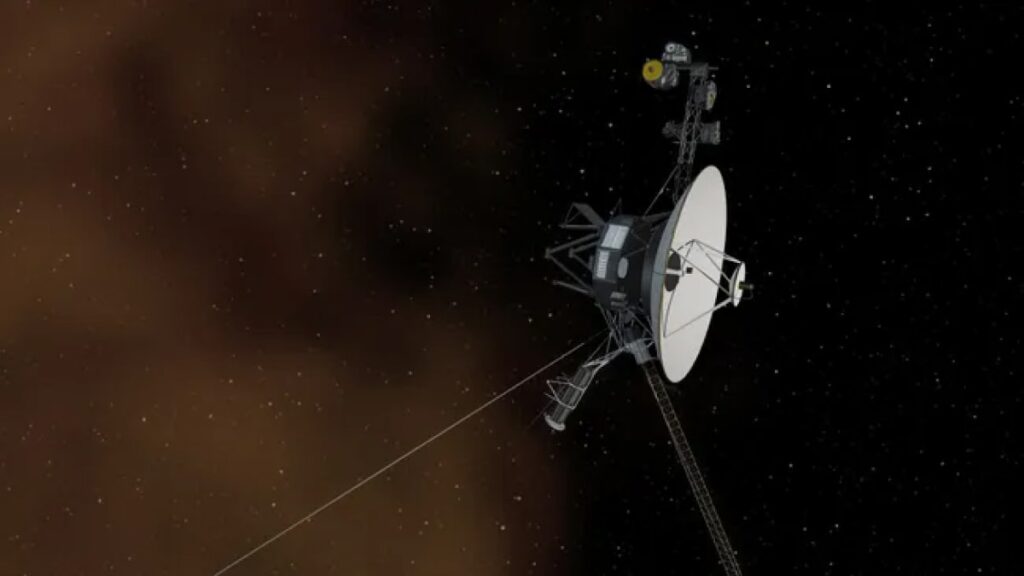NASA has shut down one of Voyager 2’s science instruments to conserve its remaining power as it travels through interstellar space. The spacecraft, launched on August 20, 1977, is currently 12.8 billion miles from Earth and exploring beyond the solar system. Since leaving the heliosphere on November 5, 2018, Voyager 2 has been studying the interstellar environment using four active science instruments. However, as the probe’s power gradually declines, NASA has had to make the difficult decision to deactivate the second instrument.
Falling power management
Voyager 2, along with its counterpart Voyager 1, is powered by decaying plutonium, which reduces its available energy by about 4 watts each year. In order to extend its working life, NASA gradually turned off non-essential systems and some instruments. So far, six of the spacecraft’s original ten instruments have been deactivated. On September 26, 2024, the decision was made to shut down the plasma science instrument, which had played a key role in confirming the probe’s exit from the heliosphere by detecting infalling solar particles.
Key data from the plasma science instrument
The Plasma Science Instrument contained four “cups” for measuring charged particles, three of which were pointed toward the Sun and tracked the solar winds while inside the heliosphere. After the spacecraft exited the heliosphere, those cups stopped collecting data, leaving only one operational. This remaining cup provided useful data at intervals when Voyager 2 performed a periodic 360-degree rotation.
The future of Voyager 2
NASA’s Jet Propulsion Laboratory confirmed that the plasma instrument was shut down without any complications, and the spacecraft continues to operate normally. While the remaining instruments gather valuable data, engineers will continue to monitor the probe’s energy reserves to determine when further shutdowns will be necessary, allowing the mission to continue for as long as possible.


